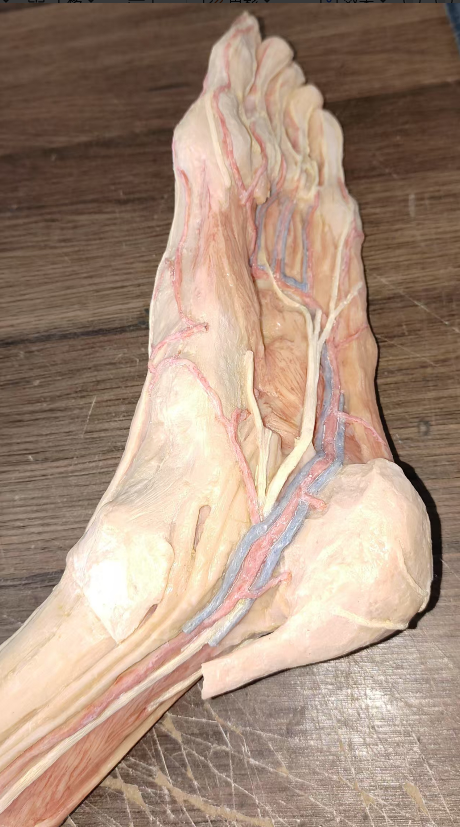
Medical anatomy models are teaching tools that integrate multidisciplinary technologies, including anatomy, materials science, and engineering. Their core value lies in providing a safe, efficient, and repeatable practice platform for medical education. From anatomical understanding in basic medicine to practical skills in clinical medicine, medical models are used across the entire medical training cycle.
Through high-precision modeling and biomechanical analysis, medical models can accurately simulate the morphology, structure, elasticity, and functional characteristics of human organs, allowing learners to experience tactile sensations and feedback similar to those of real patients during manipulation.
These models replace the human specimens or animal experiments typically used in traditional teaching, avoiding bioethical issues and infection risks.
Anatomical models are reusable, reducing long-term training costs.
Medical anatomical models are made of environmentally friendly materials such as medical-grade silicone and polyurethane, offering both flexibility and durability. They can be disassembled and reassembled (such as disassembled musculoskeletal models and interchangeable organ pathology modules), facilitating a comprehensive understanding of the human body from a holistic perspective, or simulating the operational requirements of different disease states.
The selection of medical models should be based on a comprehensive consideration of multiple factors, including educational objectives (basic cognitive development, skill manipulation, advanced simulation), usage scenarios (university teaching, clinical training, assessment, etc.), and budget. Industry trends indicate that enhanced fidelity, modular functionality, and technological integration (such as combining virtual and physical models) will become key development directions for medical models.
High simulation medical anatomy models are made of environmental soft silicone, ensure the stability and durability of the product, non-toxic and odorless. The model structure is accurate, the shape is realistic, it can be bent and cleaned repeatedly, and it is durable, drop-resistant and easy to disassemble and assemble. Choosing the simulated anatomical model of Meiwo Science will bring you a different teaching and learning experience.
High simulation medical anatomy models are made of environmental soft silicone, ensure the stability and durability of the product, non-toxic and odorless. The model structure is accurate, the shape is realistic, it can be bent and cleaned repeatedly, and it is durable, drop-resistant and easy to disassemble and assemble. Choosing the simulated anatomical model of Meiwo Science will bring you a different teaching and learning experience.



